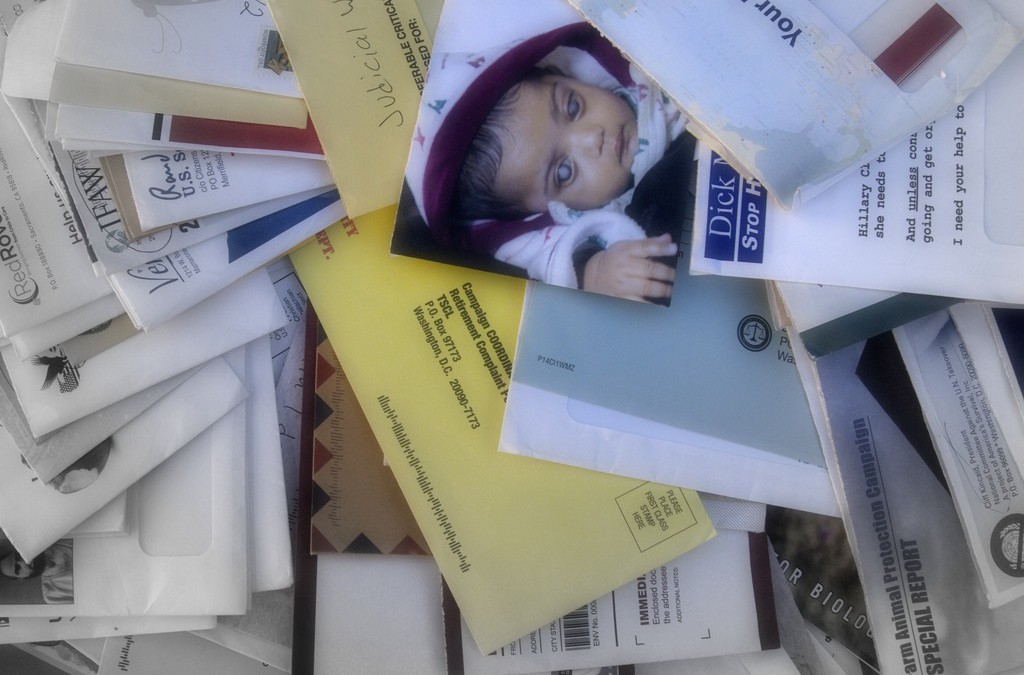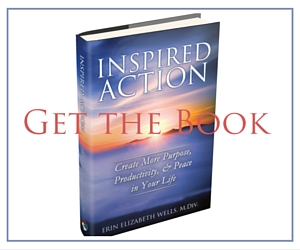Here’s the reality… every piece of paper that enters your life is simply on a road to leave it again. It may get recycled, trashed, mailed off, or given away… but eventually all of them are gone. (Even if it waits for your heirs to make the final decision.)
For some of you, this thought will be a cause for celebration. For others, it might be slightly uncomfortable. What remains is to decide how long does that page deserves to take up space in your life?
What starts as a somewhat philosophical discussion is really my way of talking about processing your mail and paperwork… a very mundane activity, for sure.
We all do it every day (or hopefully at least once a week.) The mail comes in, and we have to make decisions about what to do with each item. Then, there are those reports at work, files from colleagues, etc. All of them need your decision-making skills to determine where (or if) they belong in your world.
Let’s Make it Simple
The reality is that most of the paper is unnecessary. Paperwork is definitely a place where the 80/20 rule applies. 80% of the paperwork we keep will never be touched again, and 20% of it is actually important.
So, what can we do to make recognizing that 80% easier and releasing it? Choose rules for what goes. What are the things that we can immediately recycle?
Here’s my personal list:
- All Store Circulars and other promotional junk mail
- All Credit Card Offers – when I want a new card I’ll do my research online, thanks.
- All Promotional Postcards – rarely are they about anything that’s actually important to me.
- All Envelopes – after I open that bill or statement I really don’t need to keep “re-opening” it. It gets stapled to keep multiple pages together, then filed appropriately either in Bills to Pay or the appropriate file folder.
- All Bill Inserts – you know those extra little pieces of paper they stick into your bill or statement. Just like the promotional postcards, they rarely even get a glance.
Usually, once I remove all of these items I’m down to a few pages (if anything) that actually stays in our home. There are also items from certain senders that usually end up directly in the recycle bin: school alumni fundraisers, political campaigns, etc. I know where to find them, and I choose my charitable giving once a year. So, extra mailings are just wasted on me.
I share all of this as an example of setting criteria for what goes. Yours may be different. What’s important is to choose them and stick to them.
Three Questions to Ask
Sometimes you find yourself waffling about what to do with a particularly item. When I work with clients around paperwork, there are usually just a few questions that will help us get clear about a particular item.
When would I need this again? – This question illuminates the circumstances that would inspire you to go looking for the item.
How likely is that to happen? – Usually, we can easily think of some answer to the question above, but this question provides a reality check.
How easily could I find this information elsewhere if I needed it? – In our day of easy and immediate internet, most of us are likely to do a quick google search to answer our questions rather than hunt for a specific piece of paper.
Typically, these three questions will guide you to release most of the excess paper in your life. The related benefit is that it becomes easier to find the paperwork that is important.
Next Actions
Test it out on today’s mail. Try using my criteria or come up with some of your own, and see how freeing it can be to have so much less paper hanging around your world.
Got friends with paper clutter struggles? Then share this on social media, and let’s help everyone get rid of the excess.
Image: Flickr Creative Commons



